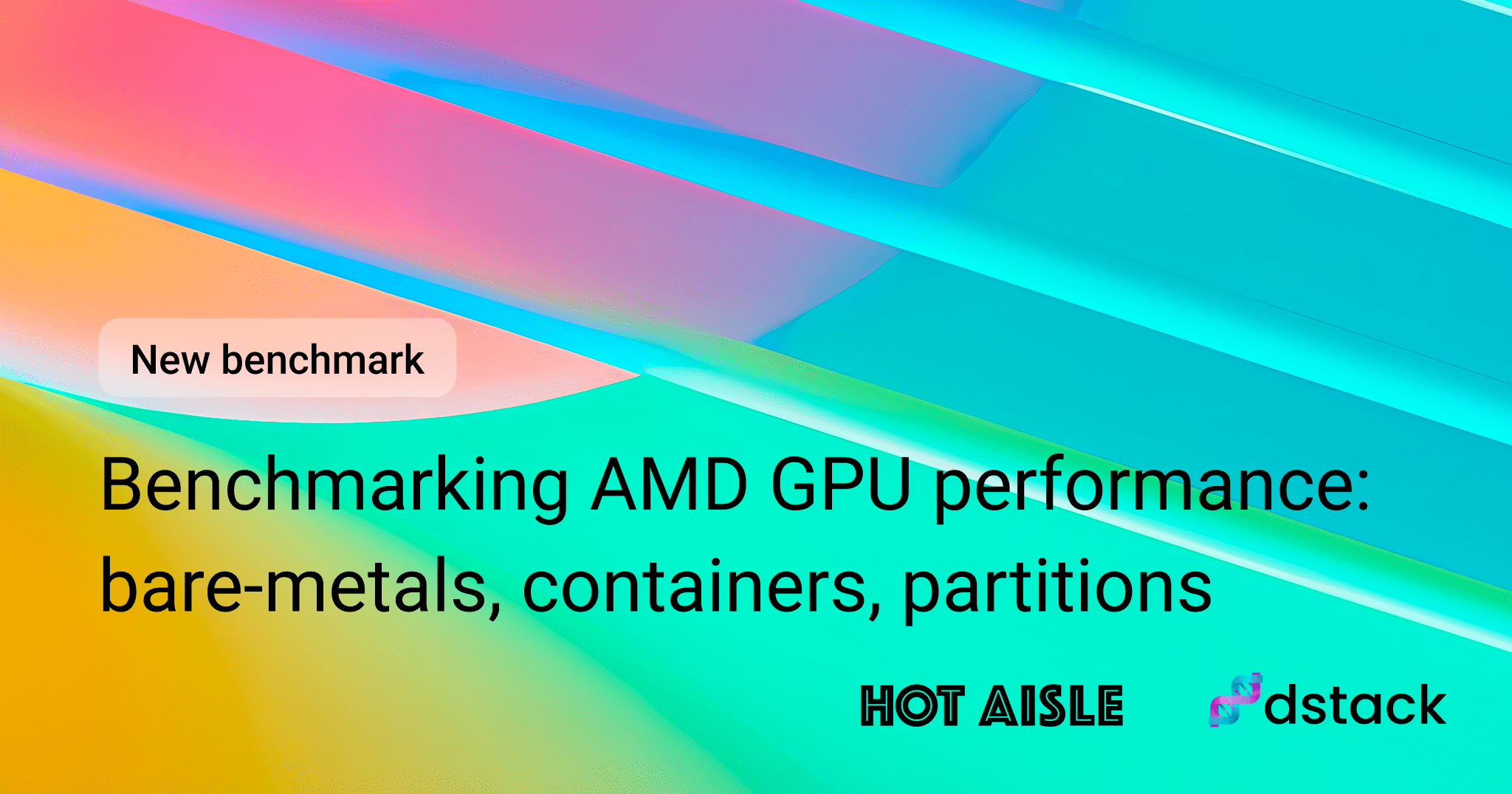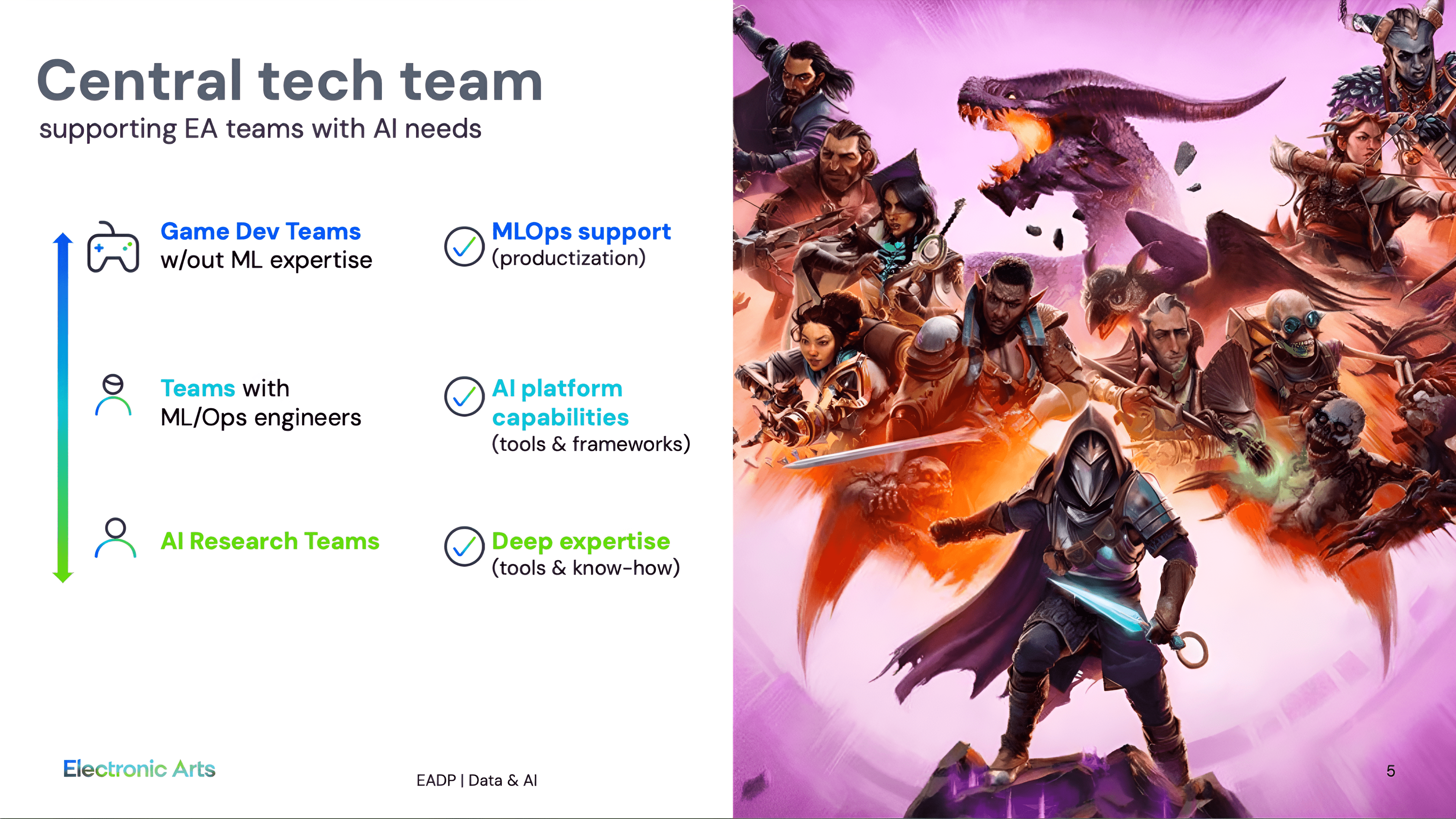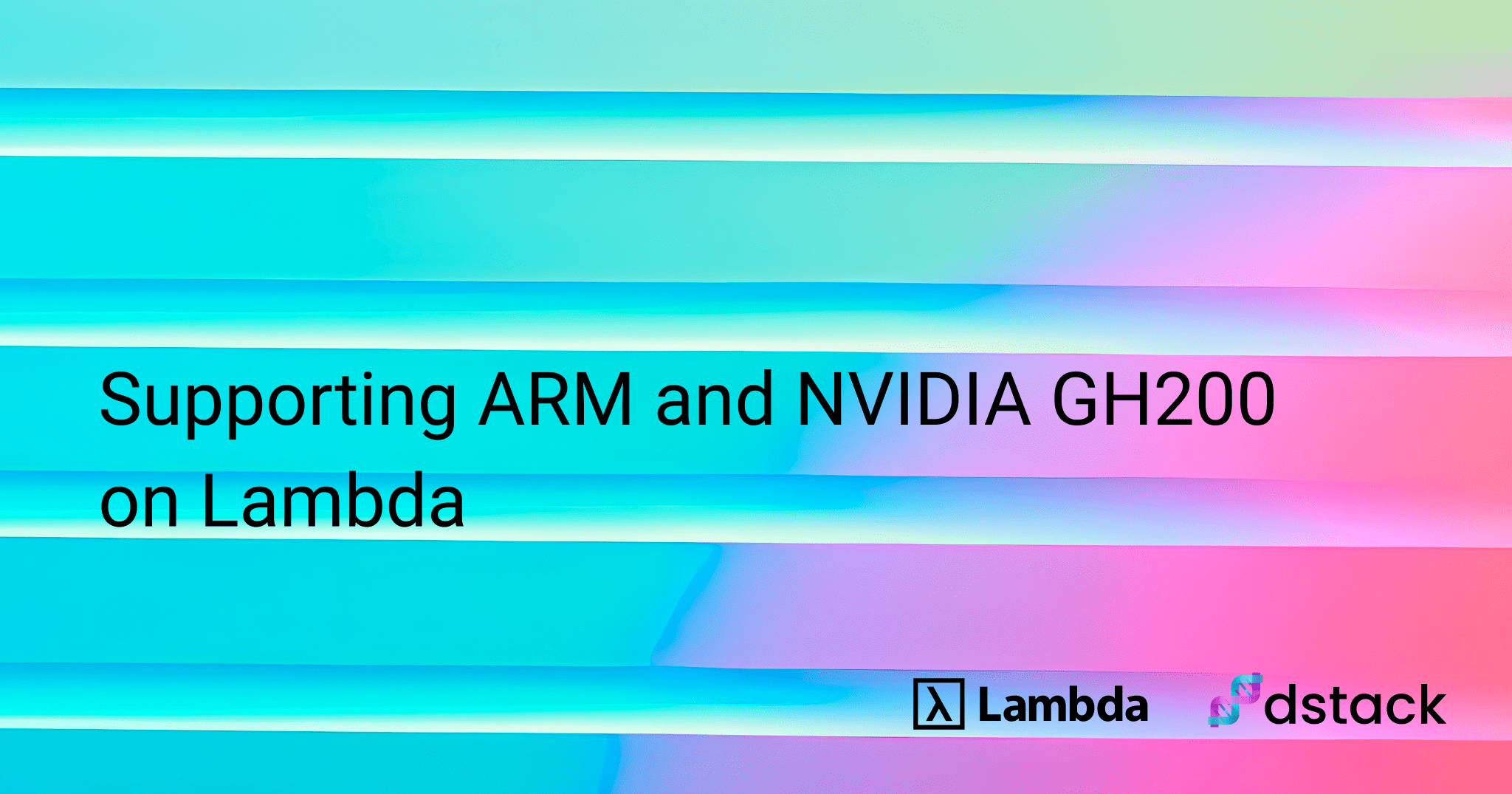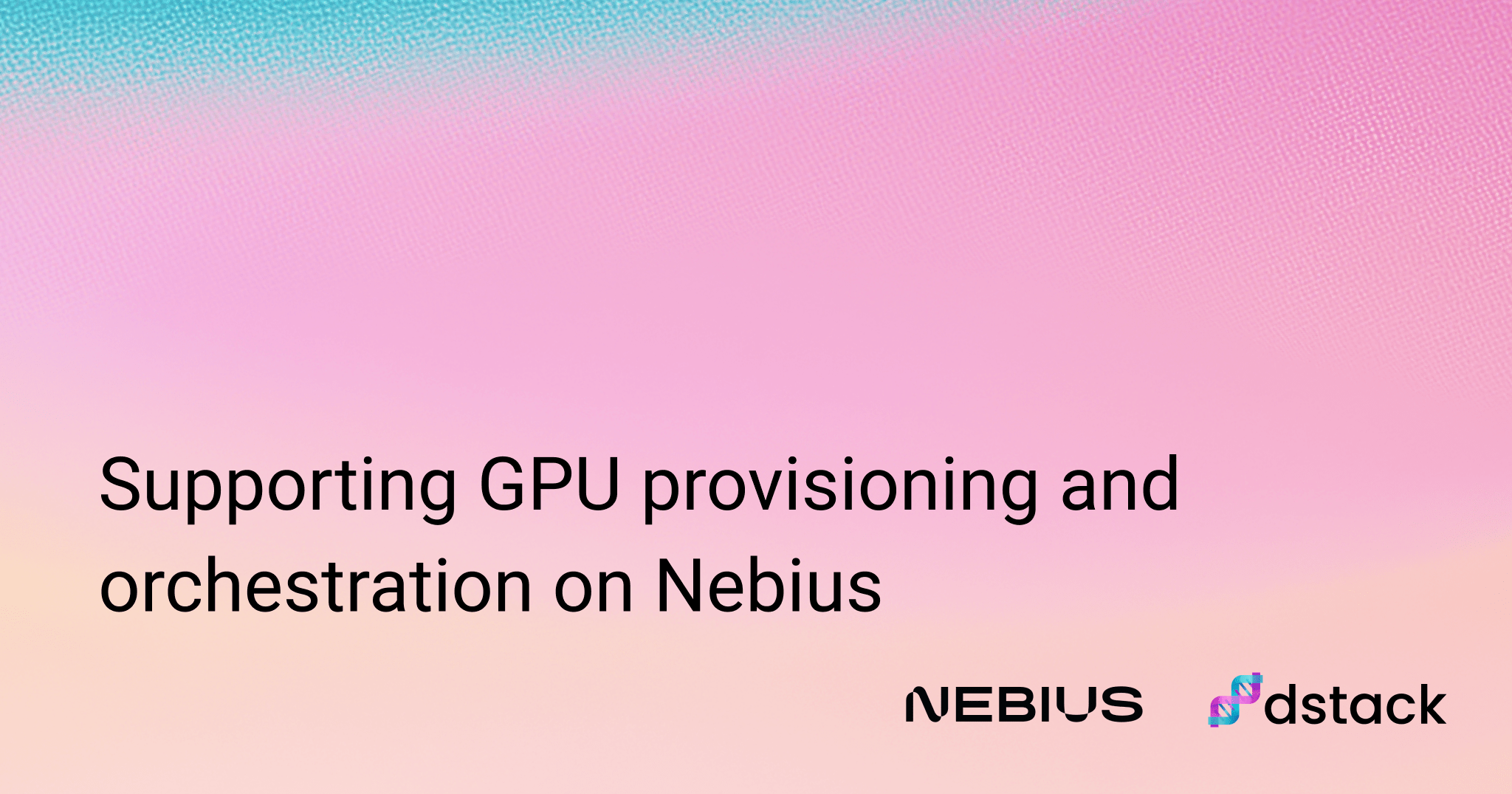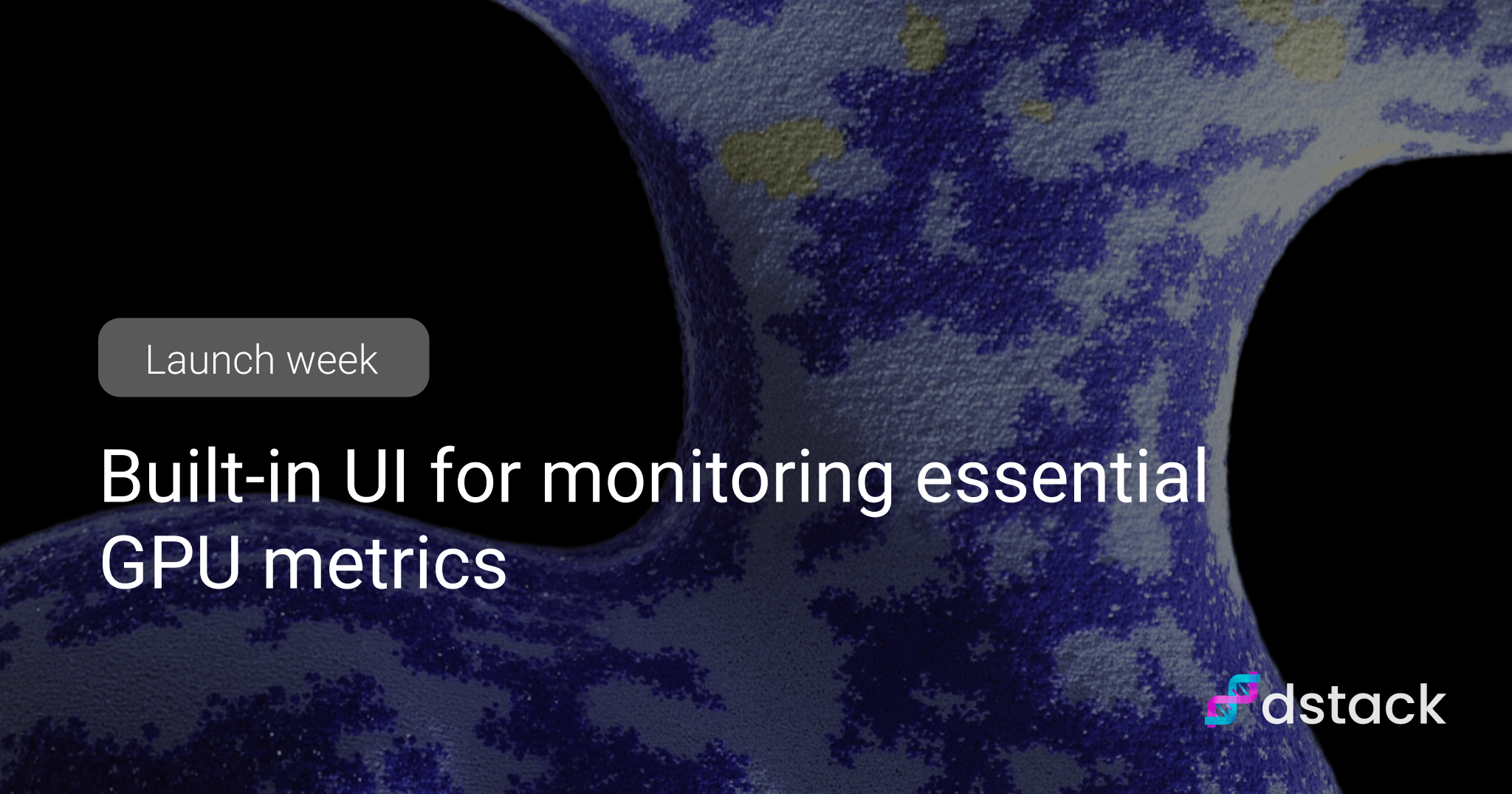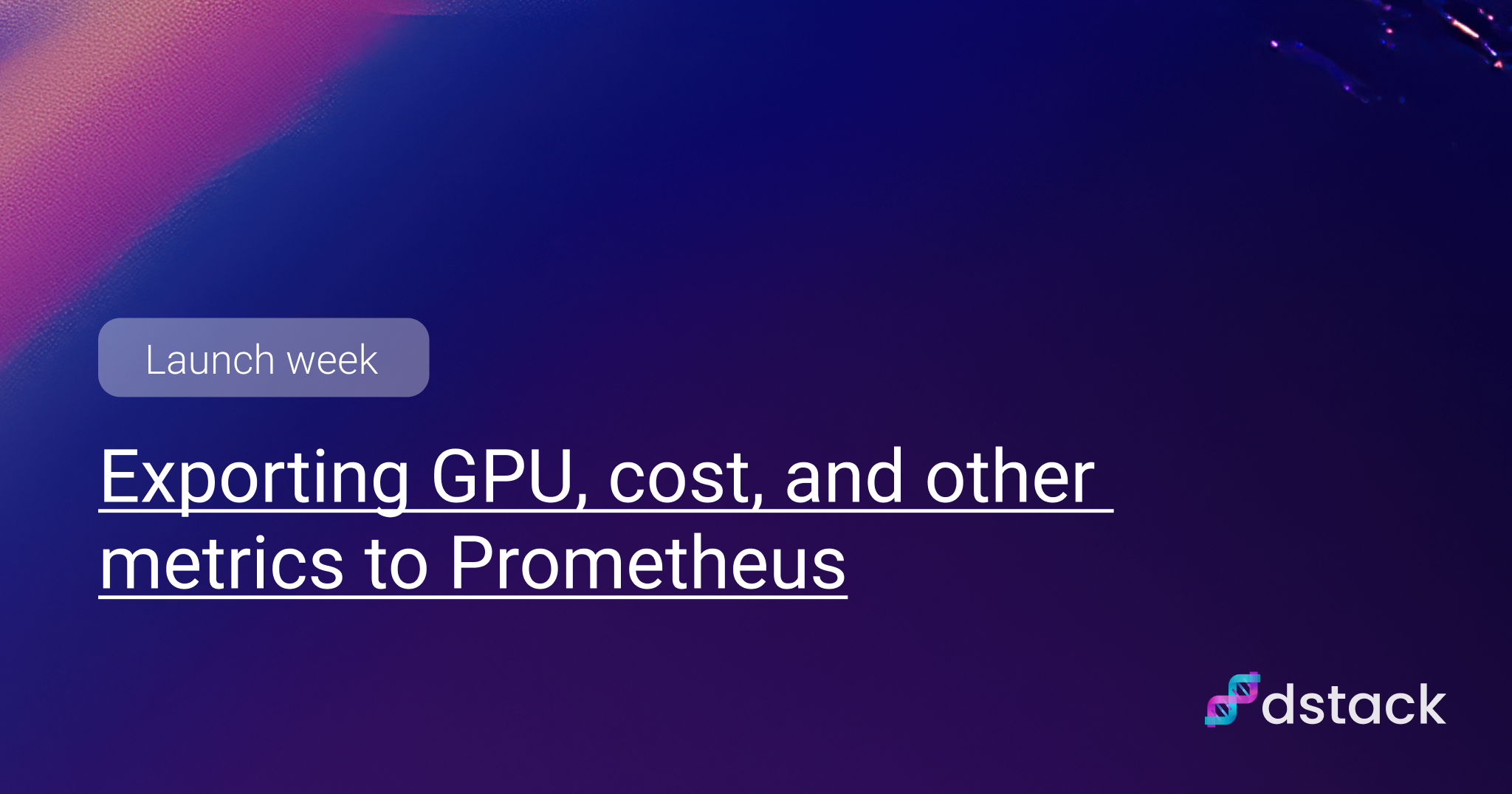Supporting Hot Aisle AMD AI Developer Cloud
As the ecosystem around AMD GPUs matures, developers are looking for easier ways to experiment with ROCm, benchmark new architectures, and run cost-effective workloads—without manual infrastructure setup.
dstack is an open-source orchestrator designed for AI workloads, providing a lightweight, container-native alternative to Kubernetes and Slurm.
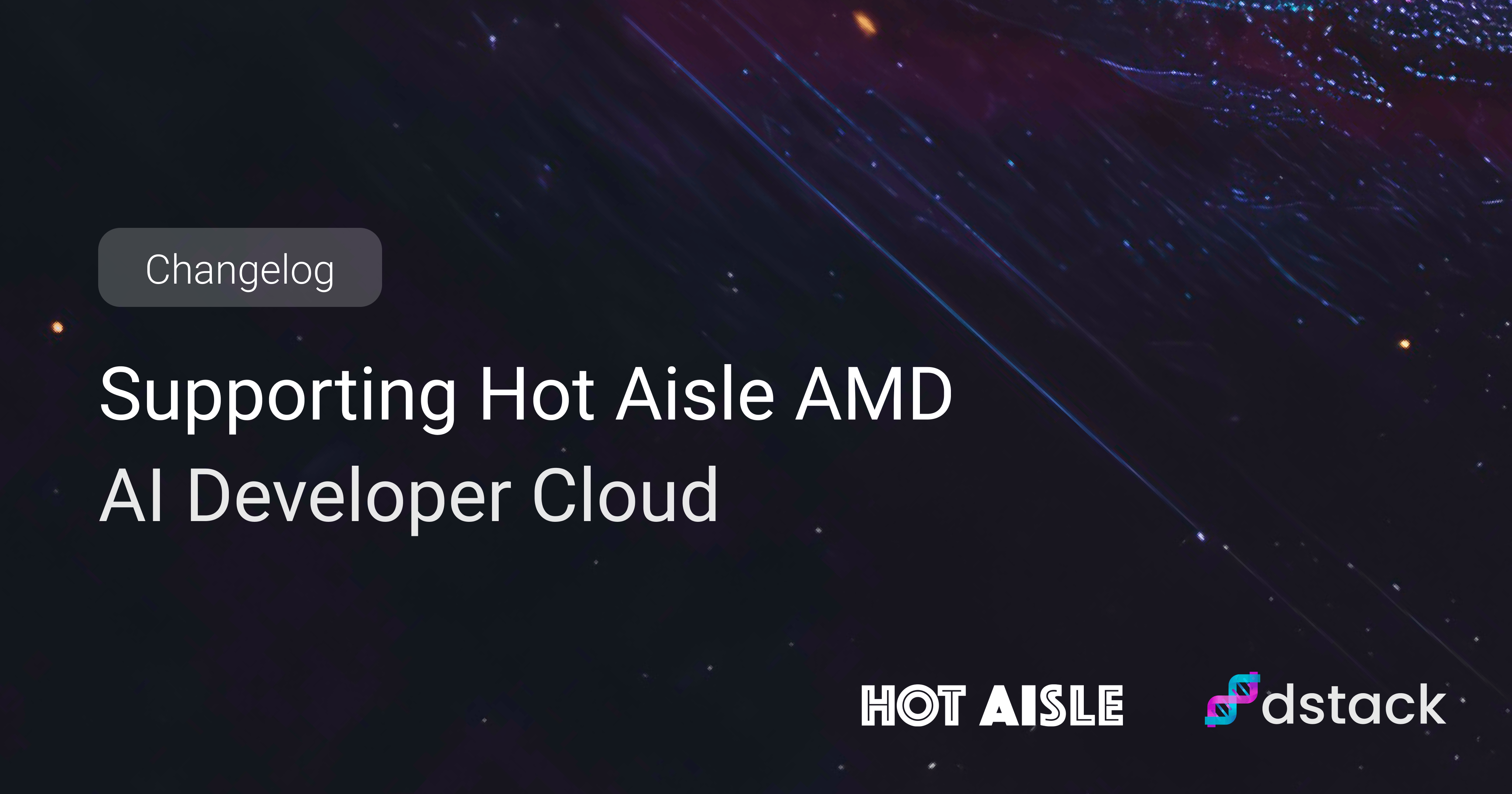
Today, we’re excited to announce native integration with Hot Aisle, an AMD-only GPU neocloud offering VMs and clusters at highly competitive on-demand pricing.

